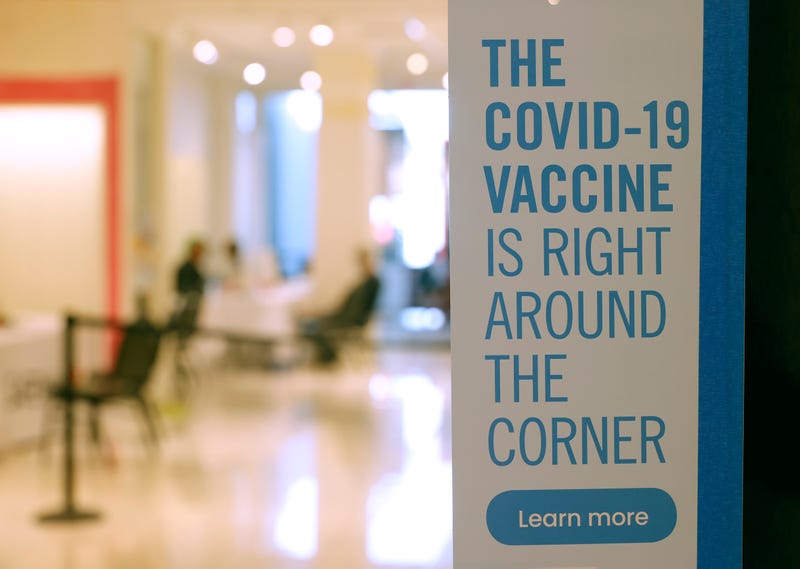
California stands alone.
The Golden State was the only one in the U.S. on Monday with "moderate" COVID-19 transmission, which the U.S. Centers for Disease Control and Prevention defines as between 10 and 50 new cases per 100,000 residents over the previous week. California averaged 41.3 cases per 100,000 in the seven days preceding Monday, according to the agency.

Connecticut was the only state with "substantial" transmission, or between 50 and 100 cases per 100,000 people. Every other state had "high" transmission, averaging at least 100 cases per 100,000.
Gov. Gavin Newsom tweeted that "California continues to lead the nation."
Whereas 65.5% of eligible Americans are fully vaccinated against COVID-19, nearly 70% of eligible Californians were, according to CDC data.
It remains to be seen how long the state will remain at the agency's "moderate" transmission level, especially if cases in the Bay Area are any indication. Every Bay Area county currently is experiencing "high" (Napa, Solano) or "substantial" (Alameda, Contra Costa, Marin, Santa Clara, San Francisco, San Mateo, Sonoma) transmission.
The U.S. averaged 87,000 new cases per day over the week ending on Sunday, down from an average of nearly 161,500 new cases on the week ending Sept. 1. The U.S. averaged as few as 11,550 new cases per day in the week ending June 19. Over 700,000 Americans have now died of COVID-19, according to the CDC, including just over 69,000 in California.

